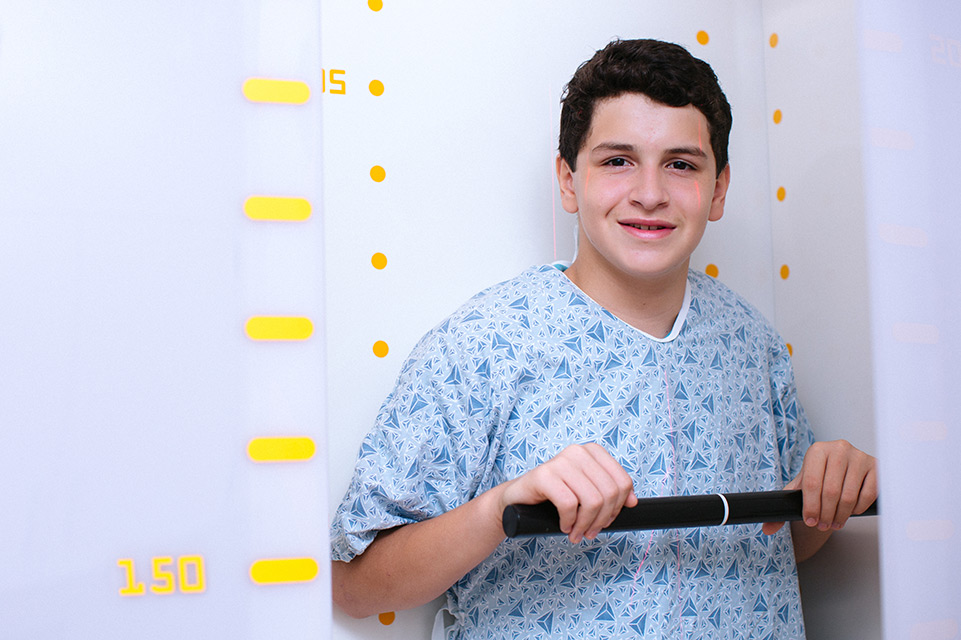Spine Surgery at Shriners Children's
Spine surgery might be a helpful option for your child if nonsurgical treatments aren't the best fit given their age or condition. Surgery might be the first option for those with severe spinal deformities or spinal cord injuries. No matter your child's situation, Shriners Children's offers innovative, minimally invasive surgeries to treat many conditions like scoliosis, kyphosis, lordosis, chest wall deformities, and spinal cord injuries.
Our Approach to Surgery is Simple
We want your child as happy, healthy and comfortable as they can be. Our physicians and pediatric orthopedic surgeons are world leaders in developing new techniques for spinal surgery, so you can rest assured knowing your child is receiving the best care possible. Our doctors work together with you and your child to feel safe and taken care of before, during and after surgery.
Our approach is grounded in leading research that we do, and innovative products and procedures we create. Our aim for spine surgery is to:
- Stop your child's curve progression, specifically in scoliosis and kyphosis patients
- Reduce pain caused by an injury or spine condition
- Help your child sit and stand upright again and maintain healthy posture
- Help improve lung function
- Keep the spine's curve controlled throughout your child’s life as they grow
Examples of Spine Surgeries We Perform
Although it's not an exhaustive list, below are some of the procedures we preform for children with spine conditions.
- Anterior vertebral body tethering (AVBT) uses a strong, flexible cord that gently pulls on the outside of a scoliosis curve to straighten the spine. A screw is placed in each vertebra of the curve and then attached to the flexible cord with the spine in a straighter position. If recommended for your child, this treatment can help avoid surgeries needed to expand growing rods.
- Vertical expandable prosthetic titanium rib (VEPTR or titanium rib) is a rod curved to fit the back of the chest and spine, and is designed to primarily be used for growing children with a chest wall deformity.
- Growing rods allow for continued and controlled spine growth. This is performed as a surgical procedure where the rods are attached to the spine above and below the curve with screws. The growing rods are lengthened under anesthesia every four to six months, depending on how the curvature of the spine is changing.
- MAGnetic expansion control (MAGEC) spinal bracing and distraction system rods could be recommended for younger children with less severe curves. With MAGEC rods, a single surgery is done at the beginning of treatment, but the noninvasive lengthening process eliminates the need for repeated surgeries.
- Spinal fusion surgery is recommended to correct a curve or stop it from progressing. Fusion could be recommended for a child if they are still growing and their curve is more severe, or if they have stopped growing and the spine needs stabilized.
Specific treatments and services may vary by location. Please contact a specific location for more information.
Her lifelong passion is golf and within six weeks post-op she was back on the course. Within six months, she was competing for a national championship! VBT was truly a life-changing procedure with lifelong benefits!
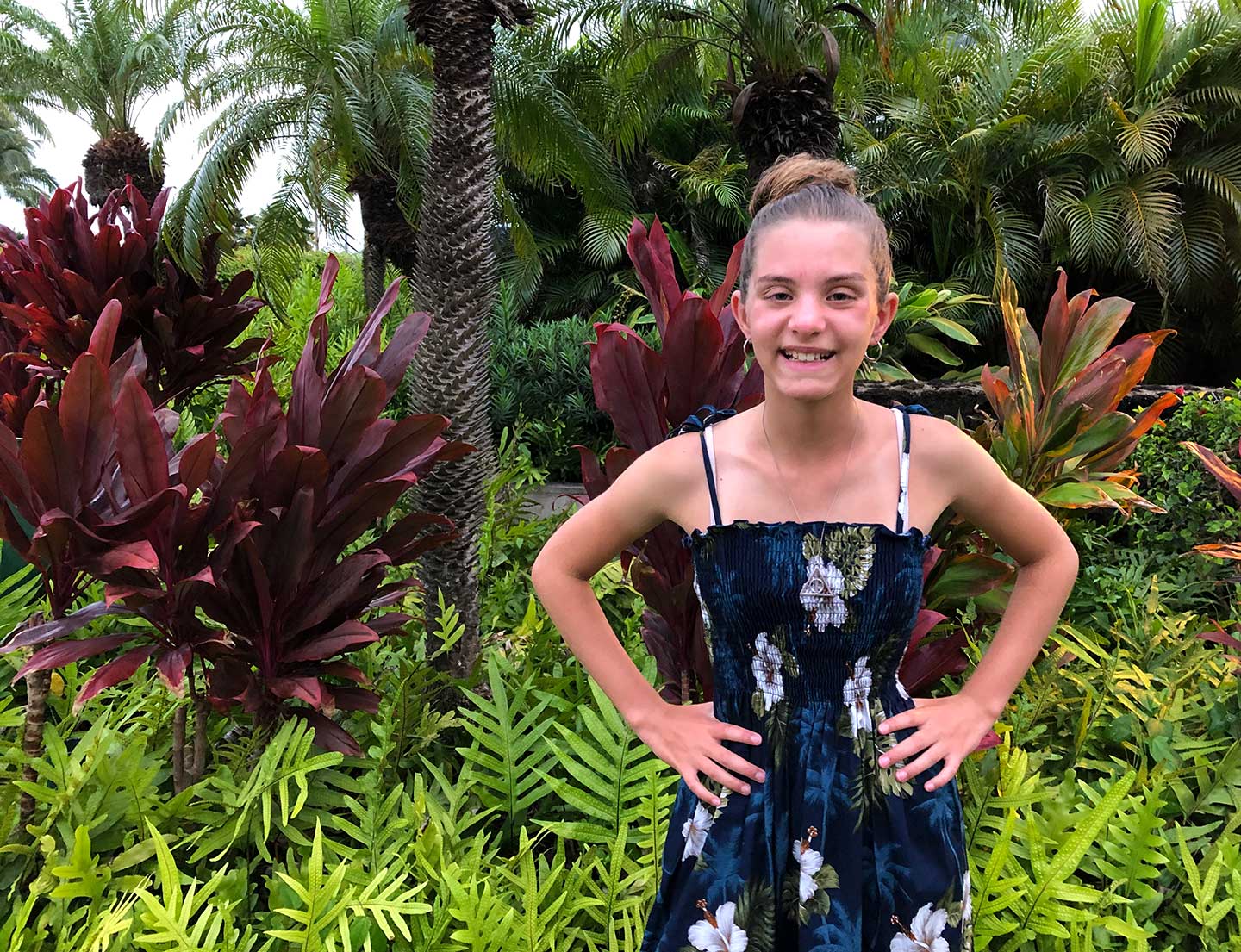
The Tether™ Offers Patients a New Option for Spine Surgery
Services We Provide
View All Related Services
Child Life Services
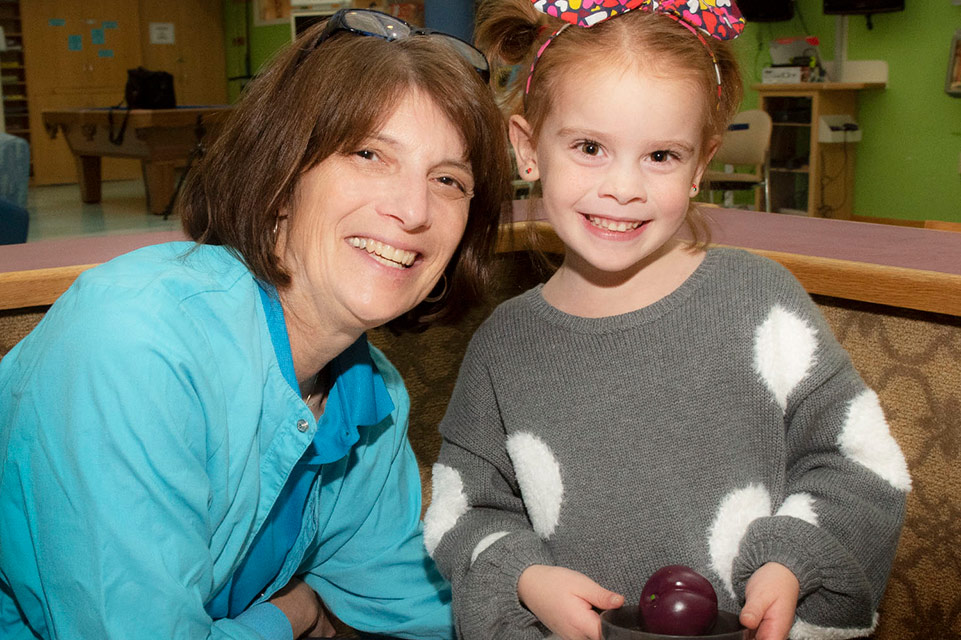
Motion Analysis
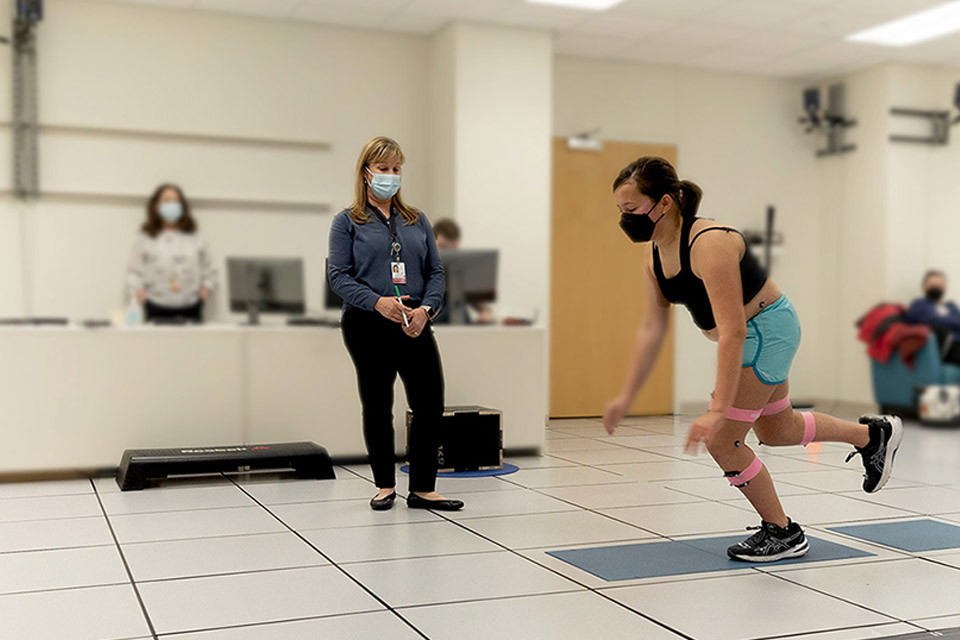
School and Community Re-entry Program
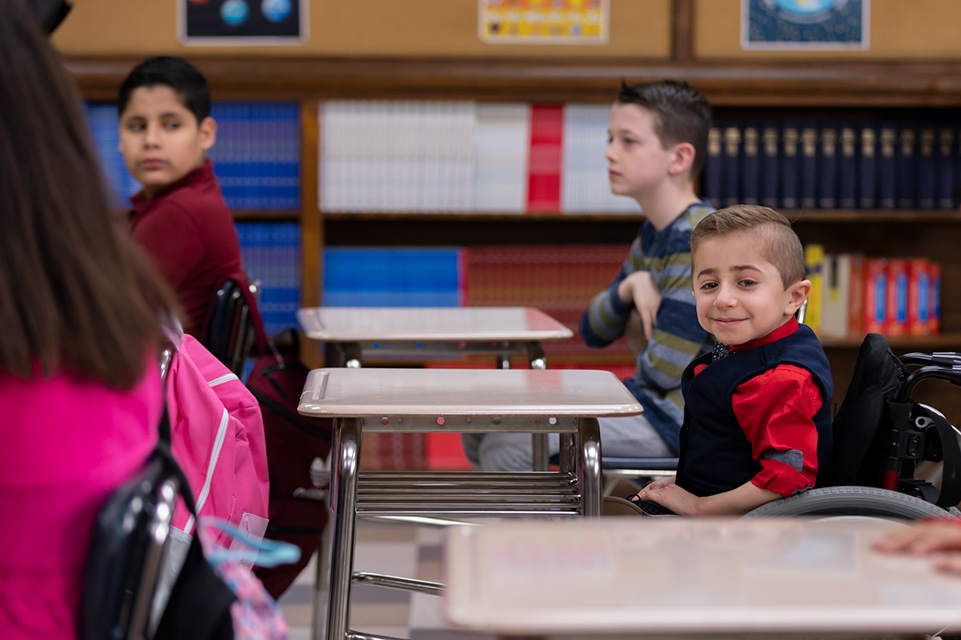
Pediatric Orthotic and Prosthetic Services (POPS)
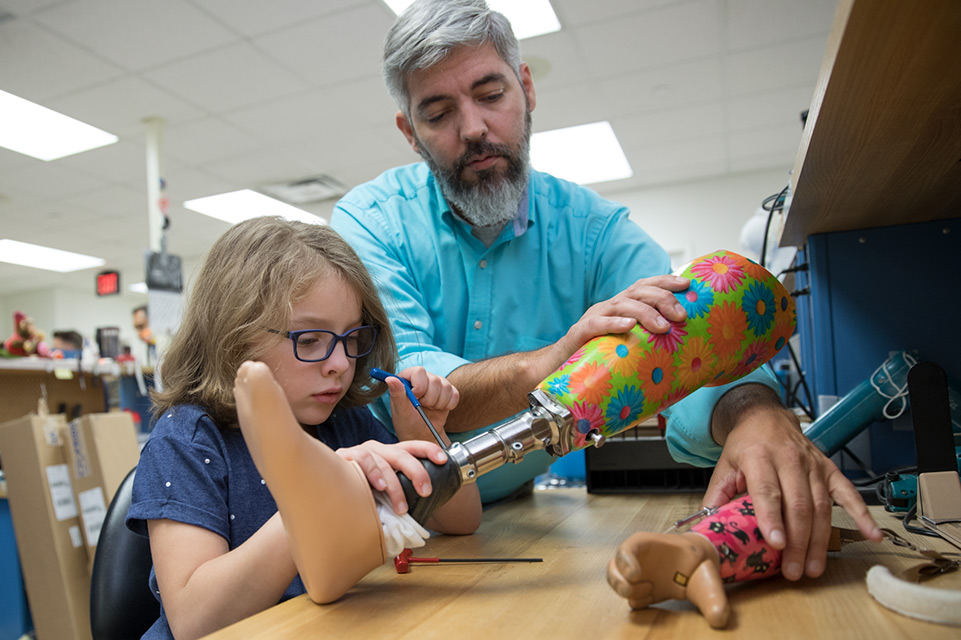
Radiology and Imaging
